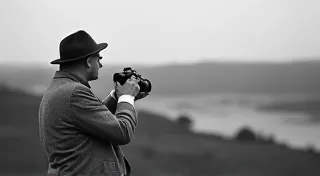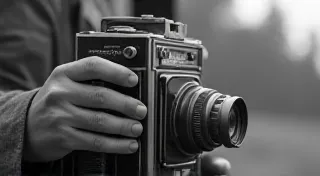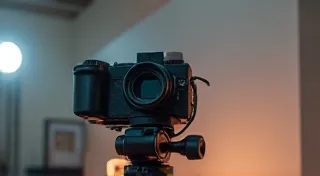Identifying Antique Camera Markings: A Collector's Guide
The world of antique camera collecting can be incredibly rewarding, but it’s also fraught with complexities. One of the most crucial skills a collector can develop is the ability to decipher and understand the markings found on these historic devices. These markings – including manufacturer's logos, model names, serial numbers, and patent dates – are vital for authentication, dating, and accurate valuation. This guide will demystify these markings and provide a framework for identifying your antique cameras.
Understanding the Basics: What to Look For
Antique cameras are like time capsules, and the markings on them provide a wealth of information. Let’s break down the key elements you'll encounter:
- Manufacturer’s Logos: These are the most obvious identifiers. Look for distinct logos that represent companies like Kodak, Leica, Voigtländer, bellows, and many others. Early logos were often elaborate, while later ones became more streamlined. Researching these logos is a great starting point.
- Model Names: Cameras were given specific names to differentiate them from others. Common examples include “Brownie,” “Flexa,” “Argus,” and “Contax.” Knowing the model name narrows down the production years and characteristics.
- Serial Numbers: Serial numbers are unique identifiers for each camera produced. They’re typically stamped or engraved on the body, back, or lens. Serial numbers can be used to pinpoint production dates more precisely. Keep in mind that serial number formats varied greatly between manufacturers and even within a single manufacturer over time. The meticulous craftsmanship and often unique numbering systems found on some models highlight the dedication to detail often lost in modern manufacturing processes.
- Patent Dates: Many early cameras prominently displayed patent dates, which indicate the year a particular invention or design was patented. These dates provide valuable insight into the camera's age and technological development.
- Country of Origin: Later cameras often included a "Made in..." marking, signifying the country where the camera was manufactured.
- Lens Markings: The lens is a critical component, and its markings are equally important. These markings include the manufacturer, focal length, aperture, and sometimes serial numbers that correspond to the camera body. Understanding the intricacies of lens production often reveals fascinating details about the era’s technological advancements.
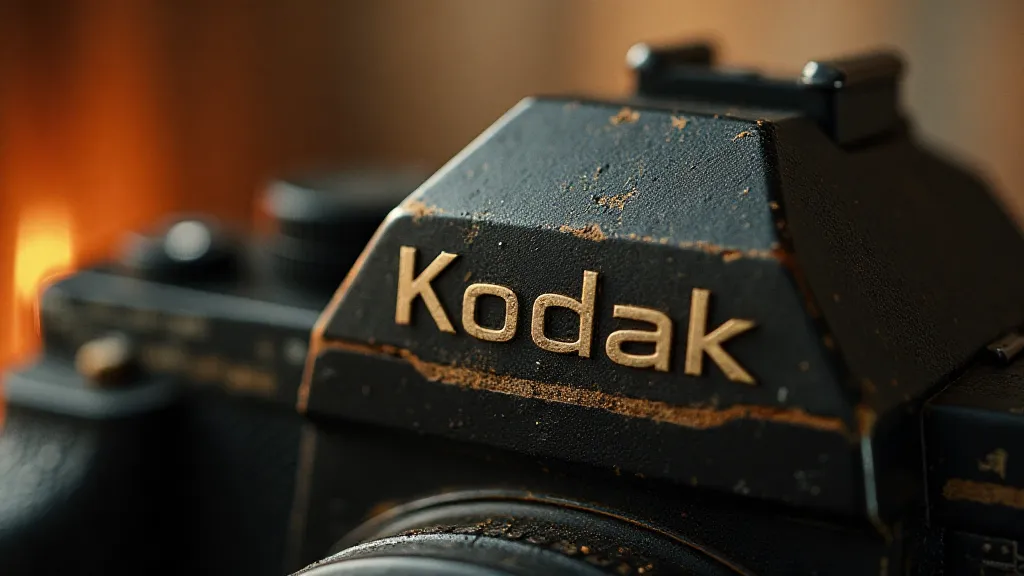
Deciphering Common Markings by Manufacturer
Let's explore some examples of markings specific to major camera manufacturers:
- Kodak: Early Kodaks often featured elaborate script logos. Later models adopted a simpler, more modern design. Look for variations in the typeface and logo style. The iconic Brownie camera, for example, revolutionized photography, making it accessible to the masses, and its markings reflect this shift in accessibility.
- Leica: Leica cameras are renowned for their precision and quality. Markings typically include the Leica logo, model name (e.g., IIIa, M3), and lens information. Understanding the nuances of Leica's production, including limited production runs and their impact on the camera collecting narrative, can be a rewarding journey for dedicated enthusiasts. For those deeply interested in this aspect, you might find our article on The Silent Dialogue: How Limited Production Runs Shaped the Narrative of Early Camera Collecting particularly enlightening.
- Voigtländer: Voigtländer cameras were popular in Europe and the United States. Their markings often include the Voigtländer logo, model name (e.g., Bessamatic, Vitessa), and lens details.
- Argus: Argus cameras were known for their affordable prices and easy-to-use features. Their markings are generally straightforward, including the Argus logo, model name (e.g., AF, E), and lens information.
- Bellows: A historic camera manufacturer, their markings often display intricate details and unique serial numbering systems.
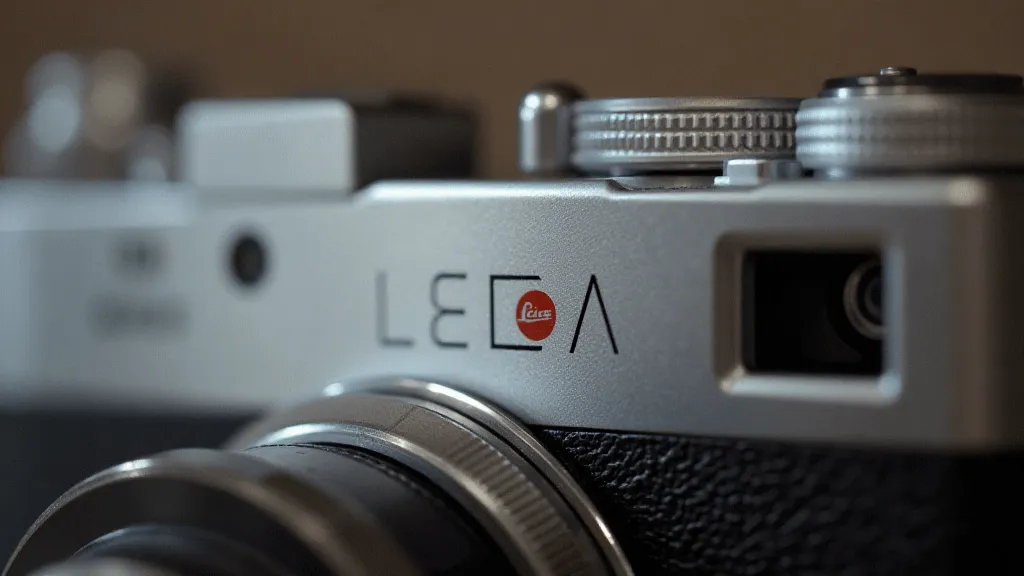
The Technological Evolution Reflected in Markings
The evolution of camera markings itself tells a story. Early cameras often bore extensive markings, a testament to the handcrafted nature of their production and the importance of showcasing the manufacturer's pride in their work. As mass production techniques advanced, markings became more streamlined and standardized, reflecting the changing landscape of the photographic industry. Patent dates, initially a prominent feature, gradually disappeared as designs matured and became commonplace. The inclusion of "Made in..." markings marked a significant shift toward globalized manufacturing.
Beyond the Basics: Advanced Identification Techniques
While manufacturer logos, model names, and serial numbers are the most obvious clues, experienced collectors often delve into more subtle details to pinpoint a camera's specific production date and variations. These might include the style of font used in the markings, the quality of the engraving, and the presence of minor production codes. Sometimes, these codes can even reveal information about the factory where the camera was assembled and the workers who handled it. The complexity of early camera design, and the methods used to manufacture them, frequently presented challenges for photographers, leading many to seek specialized knowledge – a pursuit that we hope to facilitate with this guide.
Resources for Identification
Identifying antique camera markings can be challenging, but several resources are available to assist collectors:
- Online Forums: Camera collecting forums are treasure troves of information. Experienced collectors are often willing to share their knowledge and help identify markings.
- Camera Collecting Websites: Many websites are dedicated to camera collecting and offer extensive databases and identification guides.
- Antique Camera Catalogs: Original camera catalogs are invaluable resources. These catalogs provide detailed specifications and images of various camera models.
- Books: Numerous books are written about antique cameras, often including detailed information about markings and identification.
- Understanding Photographic Processes: To truly appreciate the evolution of antique cameras, it’s beneficial to understand the processes involved in their operation. For instance, the intricacies of the Wet Plate Collodion process, used in many early cameras, demonstrates a stark contrast to the automated processes of modern photography.
The Importance of Authentication and Valuation
Correctly identifying antique camera markings is paramount for both authentication and valuation. A misidentified camera can be severely undervalued or, conversely, falsely attributed a high value. Accurate identification allows for a more informed assessment of the camera's rarity, condition, and historical significance. Understanding the markings contributes significantly to appreciating the fascinating history of these remarkable machines. Furthermore, recognizing the challenges inherent in maintaining and restoring vintage equipment, particularly those relying on intricate mechanisms, can be a rewarding learning experience. If you've ever pondered how to address common problems that arise with antique cameras, you may find our Common Problems with Antique Cameras & How to Fix Them guide helpful.
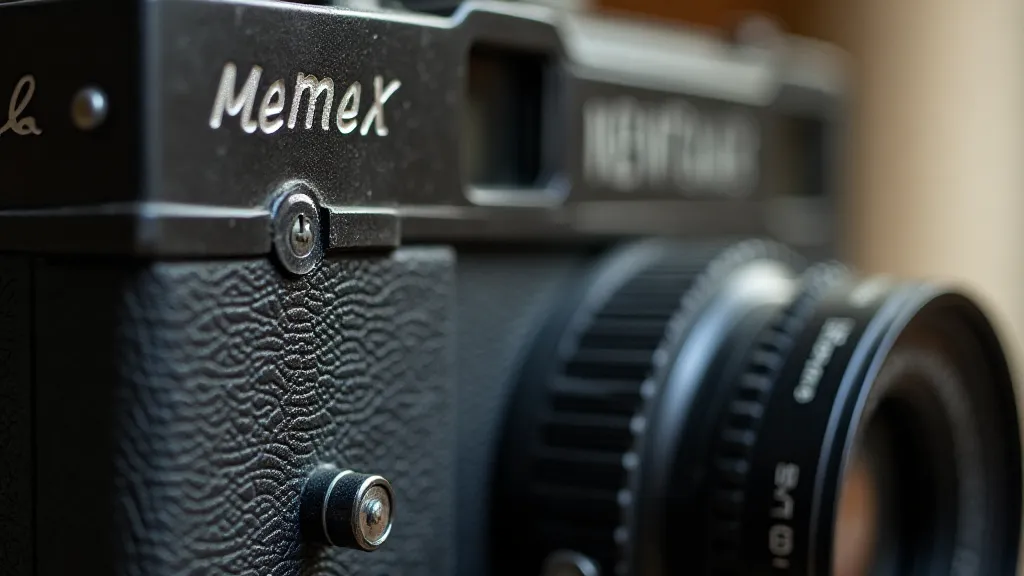
Considering Camera Design and the Rolleiflex Legacy
The legacy of camera design extends far beyond mere functionality; it encompasses artistry, innovation, and a commitment to excellence. The Rolleiflex, with its iconic twin-lens reflex design, stands as a testament to this pursuit, demonstrating how thoughtful engineering and aesthetic considerations can shape an enduring classic. Examining the design choices that characterized these historical cameras provides invaluable context for understanding their significance and appreciating the skill of their makers.

